This article is in connection with my latest article about Where It All Started wherein I tackled about home. While writing that article, I remember our first house which was "Nipa hut" during the time my mother and father were just starting to have a family. So I decided to share my life story living in that nipa house.
My parents don't own a house back then. My father is from a landlocked province in the Northernmost section of the Cordillera Region while my mother is from Eastern Visayas. They have met each other in Samar where my father was designated. He was one of the troops of soldiers designated near our village during that time.
I remember my mother's story about their love story when they were younger. She said that my father brought her to their camp without my grandparent's permission. Then when they get back, my grandparents were so angry and so they have decided to let them be together. During the old times, once a lady slept with a man, the parents of the lady won't allow them not to be together as husband and wife, regardless of the personal decisions of involving parties. It was once a traditional marriage customs in the Philippines during old times.
Since my father was a soldier and was always designated to different places, they didn't build their own house yet. For more than five years, we don't have our own house. Either we live at my father's camp or in our grandparent's house. It was difficult for my mother's part to travel from time to time carrying a bunch of kids, and since we were growing up, we need to be in a permanent place to study. And so my grandfather decided to let my father build a house at a vacant lot outside the village. The land was owned by our rich relatives and it was my grandfather who was looking after it.
With the help of my grandfather, my father was able to build a nipa hut or "Bahay Kubo" in our dialect. It was crafted of timber from bamboo trees raised on four posts which were buried a few meters below the ground to create a buffer that prevents water from rising during floods and often used as storage. The floorboards made from bamboo as well were fitted between joints and wide windows on the opposite sides. And the roof and walls are made from nipa leaves. That is why we call it nipa hut, however, not all Bahay Kubo used nipa materials.
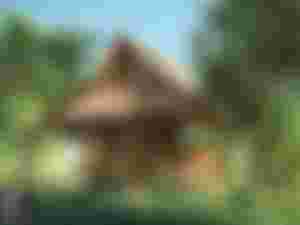
A nipa hut or "Bahay Kubo" roughly means "Country House" is a traditional stilt house of indigenous people of the Philippine that rose before the Spaniards arrived. This type of house has become the leading municipal architecture in the past but still used until now especially in the rural areas. There are different variants of "Bahay Kubo" in the Philippines. This is also one of the Philippine culture's icons which represents the Filipino value "Bayanihan."
Reference: https://en.m.wikipedia.org/wiki/Bahay_kubo
So going back to my story, we lived in that nipa hut for a few years. I was 3 or 4 years old if I'm not mistaken when we moved to that house. Our life was simple yet memorable. Our house wasn't as big as others but we were happy during those years. It was surrounded by plants such as flowers and vegetables and some fruits like banana, guava, mango, and coconut trees. Since our house was located outside the village, our father with a green thumb planted those plants which became one of our sources of food. And a few meters from our house was a river where my father seldom fetched some fish.

The nearby village doesn't have electricity at that time and so as our house. We only used a lamp wich uses kerosene as fuel. It was a personalized kerosene lamp from a used liquor bottle with a strip of cotton core from an old cotton shirt. Sometimes, our mother taught us how to write and read under the glowing lamp, it was kind of a struggle but it was fun at the same time. We even played with the fire of the lamp by abruptly touching it without burning our fingers, just a small patch of ash leaving on our fingers.

And since we don't have television to watch some entertainment, with the help of the light coming from the lamp, we sometimes played pet shadowing with our hands forming a shadow of a butterfly on the wall or other forms of animals like dog, bird, rabbit and more.

During that time, we only have a radio which we used to listen to music and drama. I remember my mother always turned it on at night and listen to a radio drama and programs. She likes listening to a segment entitled "gabi ng lagim" or "a night of horror" in English which always made me feel scared every time I heard that intro with the howling of a dog, "gabiii ng lagiiim....awooohowoowooo...". With that creepy voice of the man dubbing on the radio, and the cricket's and frog's sound from outside, and the fact that our house is away from the village, who won't gonna scared of that?
I later found out that it was my mother's way of sending us to sleep because we don't want to listen to a horror story on the radio, we force ourselves to fall asleep or we slept before that radio segment started. And every time our father is away, my mother always put a knife or a bolo near her just in case intruders try to enter our house at night. Luckily, it never happened.
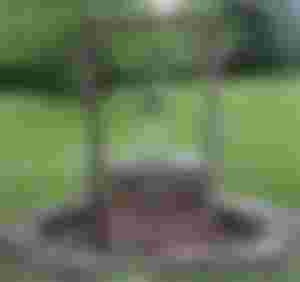
If the village doesn't have a source of electricity, then it doesn't have a source of water too. So my father dug a deep hole on the ground near our house and made water well. It became our source of water used in washing clothes and dishes, bathing, and watering the plants. We used a bucket tied on a long bamboo stick to fetch water from the well. We just need to throw the bucket onto the water then draw it up.
But the water isn't safe for drinking and cooking, so my two elder brothers well go to the near village with containers on their hands and fetch water from a "poso" or new kind of water well. And since our brothers are still young and don't have that muscles to carry a container of water on their bare hands, our father made a single bamboo cart-like with a wheel which helps them carry the containers of water easily. Sometimes I accompanied them in fetching water and they often allow me to hop on that cart on our way to the village to fetch water.
We aren't studying yet at that time, so our routine was just eating, playing, doing some house chores, practising in writing and reading, then sleeping. Sometimes we help our mother to sweep the dried leaves outside our house, fetch water from the well, water the plants or wash the dishes then playing around our house. The land was wide, even wide enough to build up to ten nipa huts. And since we were surrounded by trees and plants, we seldom saw a snake in the area.

One day, while my mother was sweeping dry leaves at our yard, she saw a snake, a cobra to be specific, and since our father wasn't there, we tried ways to shoo the cobra away. My mother throws things on it but it just made the cobra became alert and furious. As it hisses and rears its head up, with the tongue poking out, it sent fear and goosebumps to my body. We were only young and my mother is not that strong to fight the cobra. We all went inside our house and through our open window, we throw things on it again, including our "lampaso" (a coconut husk broom used to clean the floor), a broomstick, and more until the cobra leaves our yard. We exclaimed a heap of relief when we successfully drove out the snake.
It was my first time to encounter a snake and was my first time to see a helicopter closely in that place as well. One day, a huge helicopter hovers over the ground near our nipa hut, and when we checked it, my father was climbing down from it. He said they were from a mission and so the captain decided to drop him before heading back to their camp.
But our life living in a nipa hut didn't last that long. Just a year after, our grandparents moved to another part of the same village because their current place undergo construction which is now a subdivision. Then our grandfather inherited the larger portion of the land to my mother which gave us the opportunity to build a new and bigger house and own a lot. And from that new house, a new chapter and changes in my life started.
We may don't have a big house and much money at that time, but I considered myself lucky. We have a wide yard surrounded with different flowers, vegetables, and fruits, we have our simple yetcosyhousee, and we have our loving mother and supportive father.
If I can only go back to the past, I would rather choose to go back to that place and live there again. Living in that kind of place is healthy and toxic-free, away from loquacious neighbours, and chaotic situation, and being surrounded with greens is stress relieving and healthy to our mind.

"Home is where love resides, memories are created, friends and family belongs and laughter never ends"
Now the place has been occupied by the real owners of the land but I found out that our water well is still existing. One day, I will visit that place again.
Until now, my memories of living in our nipa hut are still in my mind and will treasure it forever, because only that time I have experienced true happiness with my father before he turns into a monster.

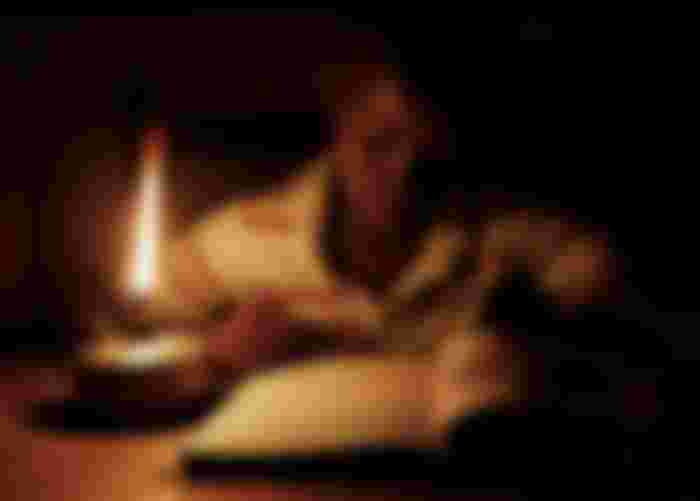

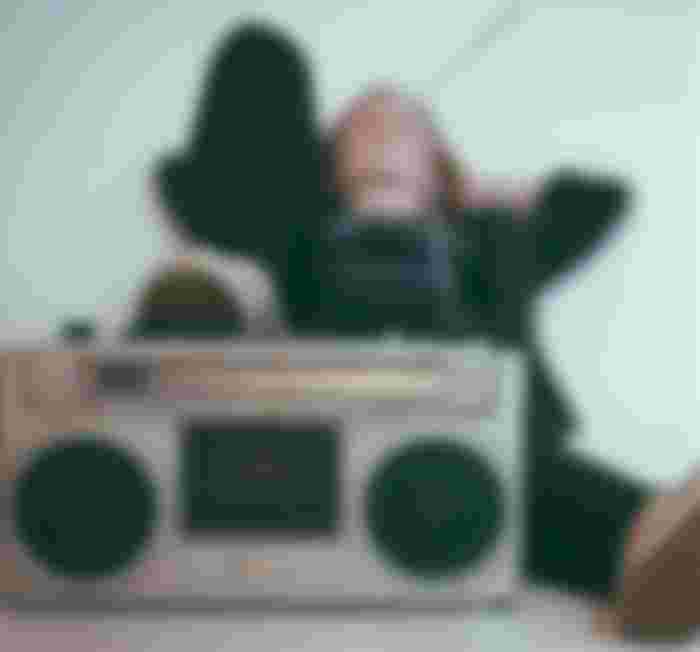
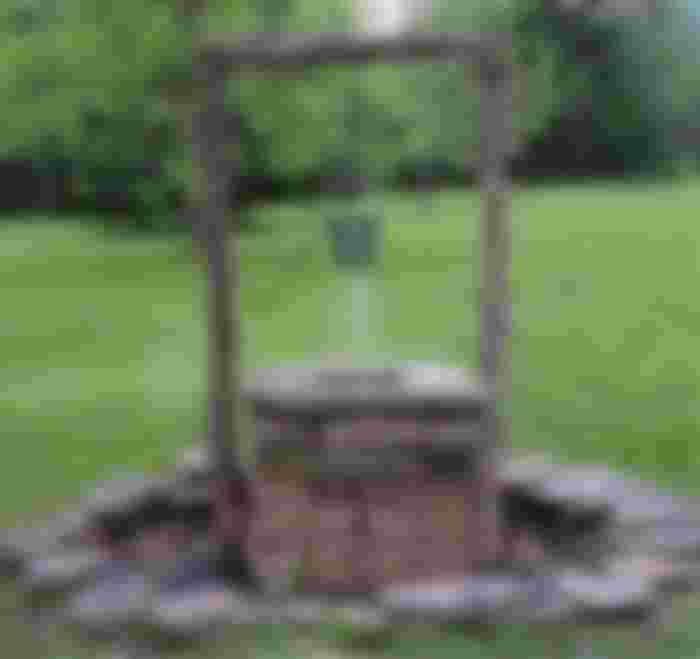

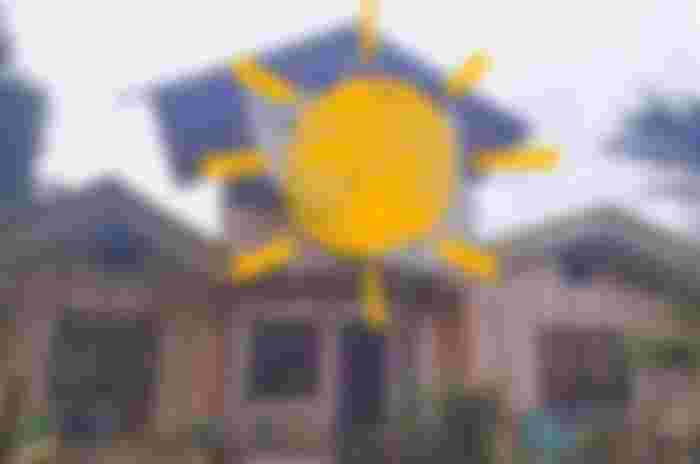
Ohh i never got to experience living in that kind of house before. My granpa always said that it felt as if they were in an airconditioned room every night because of how cold it gets in those huts